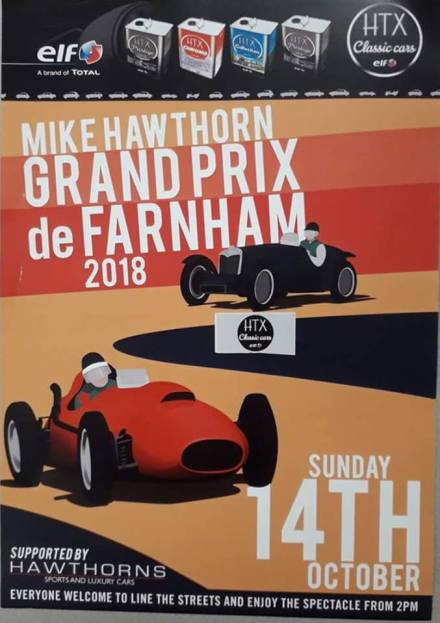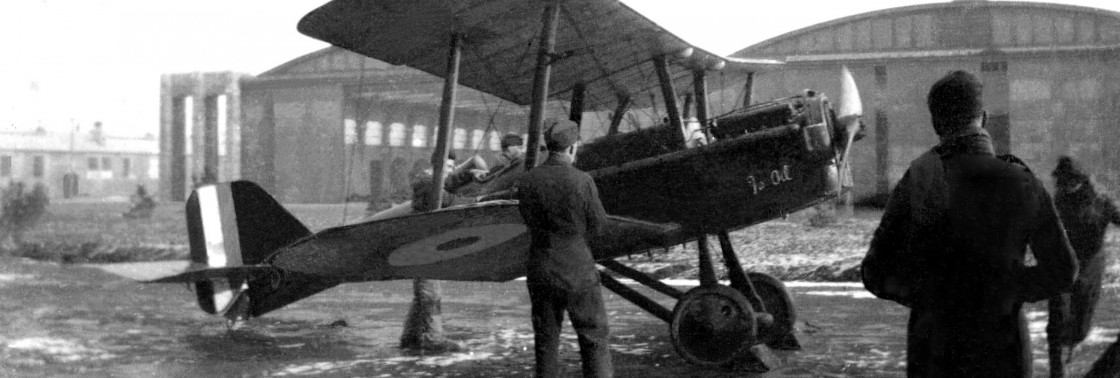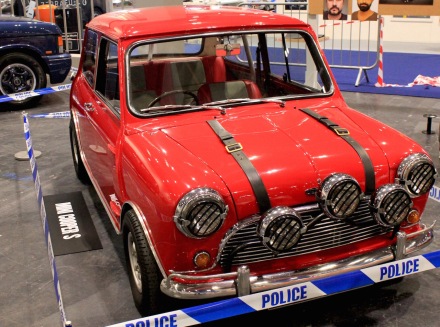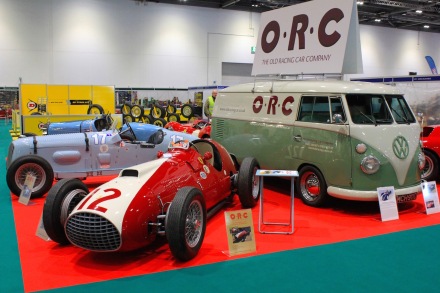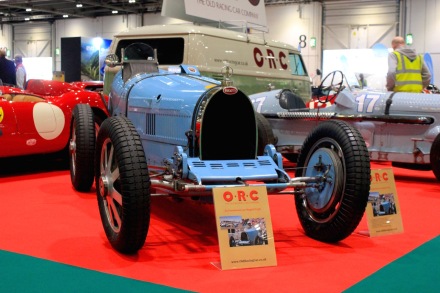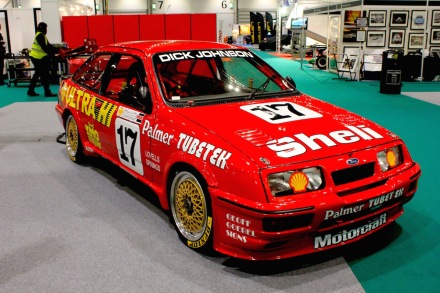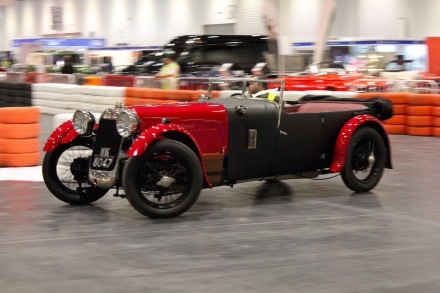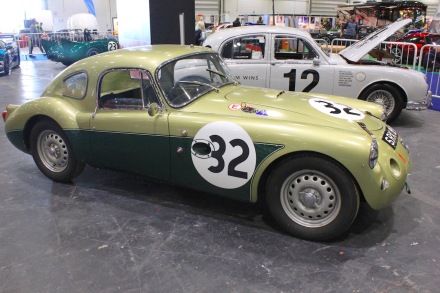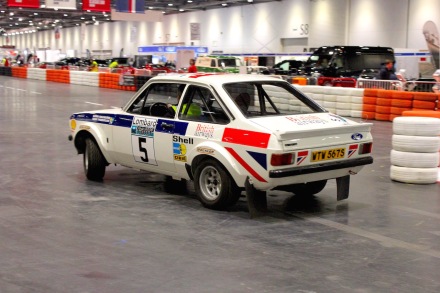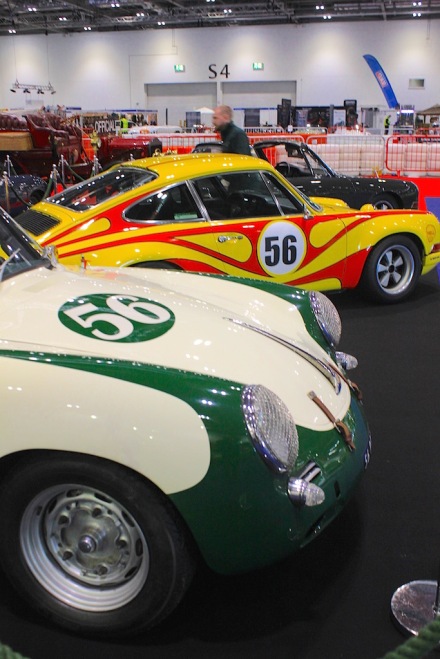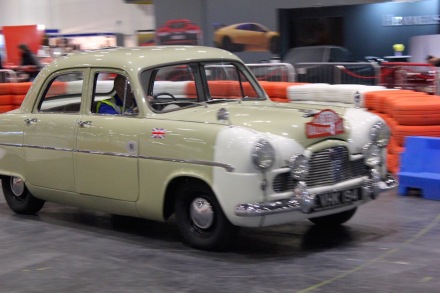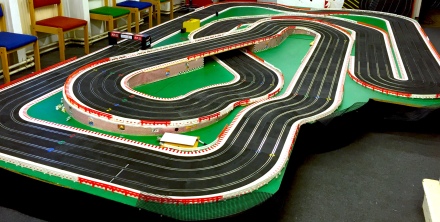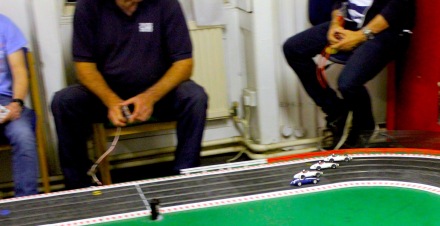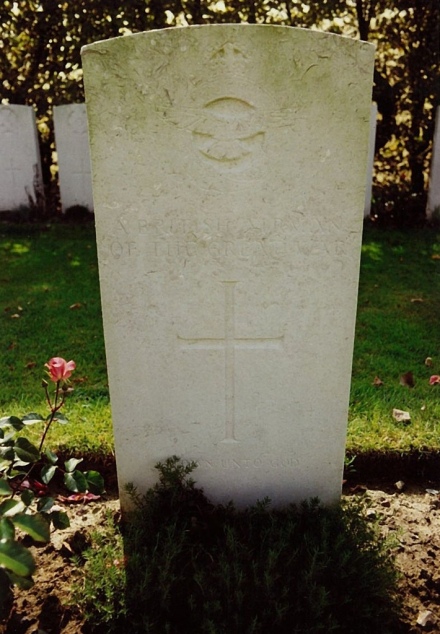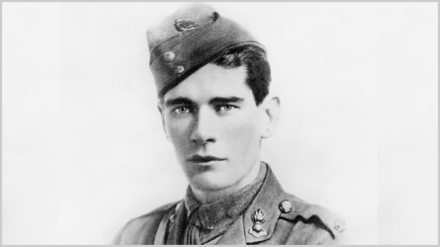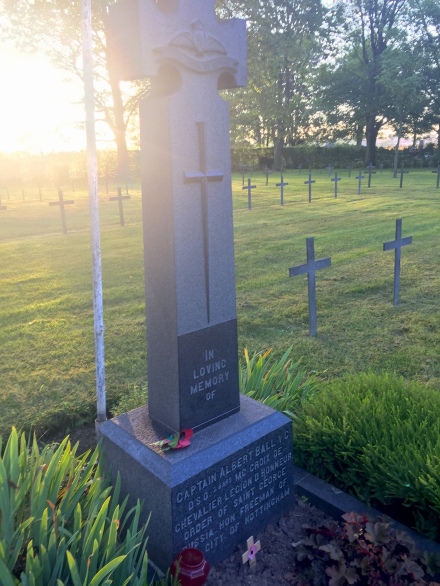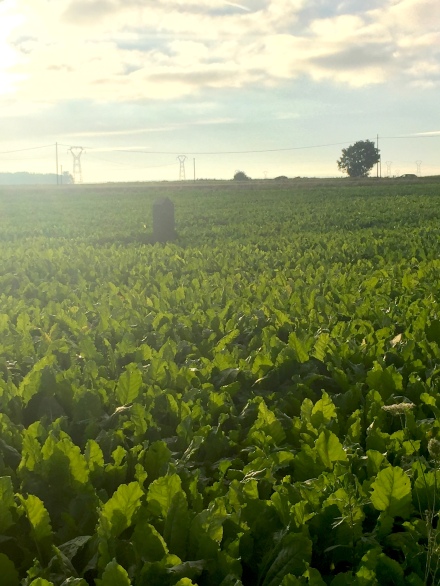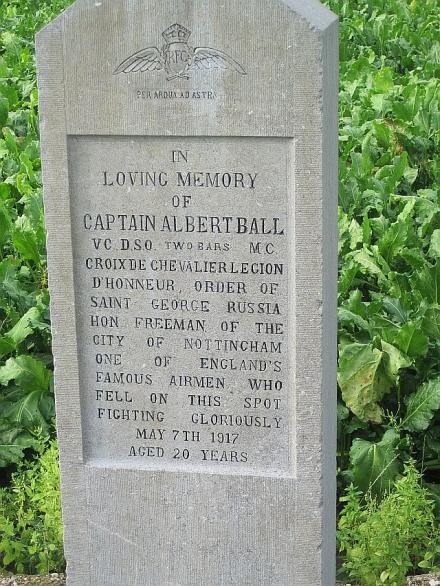The S&G doesn’t often get involved in campaigning, but the collective goat has been grottled and our dander has been dumbfounded with news that Biggin Hill St. George’s Chapel of Remembrance is facing partial demolition among numerous other indignities. There is not much to be added to the text of the petition, so feel free to read it below or scoot straight through to the petition here.
Regular visitors to the S&G will know that the official history of the Battle of Britain, as described in such colourful terms by Winston Churchill in 1940 and propagated for the 77 years that have followed, is open to a degree of question. In the eyes of the pilots in front line squadrons, the 14-week period through which the most intense air battles were fought over southern England, encapsulated by Churchill as the ‘Battle of Britain’, was simply part of an ongoing campaign that lasted from May 1940 to May 1941 and from which no decisive result between Britain and Germany could be claimed.
The Battle of Britain was not simply a story of clean-limbed boys climbing into Spitfires and Hurricanes to ‘see off the Jerries’ but it also involved almost every facet of the military, from Bomber Command pounding away at the German infrastructure to achieving aircraft production on an unprecedented scale to having the Home Fleet of the Royal Navy as the trump card: a force 10 times stronger than that of the entire German Kriegsmarine that could and would have obliterated any attempted a sea invasion.
For all that, the importance of that period is not open to interpretation, and is deserving of its place in our history. Britain did not capitulate to the tyranny that was being unleashed upon mainland Europe. It did not meekly accept Hitler’s offer of retaining control of its Empire in exchange for Nazism being enforced at home. Ultimately, the Battle of Britain helped to convince America to abandon its policy of laissez-faire – at best – towards Nazism and ultimately to bring its industrial and military might to help reclaim Western Europe.
If one were to look up the word ‘unprepossessing’ in an illustrated dictionary, a view of the RAF Chapel of Remembrance at Biggin Hill would most likely be lying in wait. It’s a bland, artless red brick thing. But it exists for a reason, and should not be troubled by the passage of time.
Given that very little has happened at Biggin-on-the-Bump without the approval of Bernie Ecclestone for the past few decades, perhaps it would be as well to simply drop a note round to Princes Gate. So many outwardly unexciting buildings in the area actually have a wealth of history to them and to deface one, or start charging fees to see it, would inevitably set precedents that might lay waste to this whole area in historical terms.
Here is the petition:
The London Borough of Bromley Council’s current planning application necessitates demolition of the Grade II Listed Vestry, which houses the Air Crew Association stained glass window. Also it requires change of use of part of the Nave (the St George’s Room) to provide additional space for the new museum, the overall design of which the vast majority of genuinely concerned people find appalling – an ultra modern, stark structure enveloping two sides of the Chapel.
Under these proposals, visitors to the Chapel will no longer be able to view the St George’s Room with its commemorative stained glass windows, including the St George’s Battle of Britain Memorial Window, without paying the predicted museum charge of £7.50.
A Museum is long awaited at Biggin Hill, but the situation is incredible because there is an existing highly praised approved design, by the Biggin Hill Battle of Britain Supporters Club, which in no way affects the Chapel, but could provide the same level of support and with vastly superior facilities at lower predicted cost. Importantly it doesn’t require the closure of the Chapel during the building works.
The new Council design will require the closure of the Chapel to visitors, also for services and the funerals of Veterans for over a year whilst building works take place. This was highlighted to great effect at the recent St George’s Day Service, when a 95 year old RAF Veteran, proudly wearing his Air Crew Association tie, rose to his feet and announced his days were numbered and he wanted his funeral to be in the Chapel and his ashes placed in the Garden of Remembrance. But he could not die to order, how could they consider closing the Chapel for over a year?!
Since starting this petition, the previously stated total closure of the Garden of Remembrance on Health and Safety grounds has been reviewed.
Other than those in the immediate locality of Biggin Hill, the many other interested parties, including ex-RAF personnel, and relatives worldwide of those commemorated, are in ignorance of these distressing plans!
My previous advice to visit the Chapel is no longer relevant as the London Borough of Bromley has now CLOSED THE CHAPEL TO VISITORS. People arriving from a distance, perhaps even from overseas, will find the gates chained, at present with no explanation!
Please direct your comments on the closure to the Trust’s email address: hello@bhmm.org.uk
